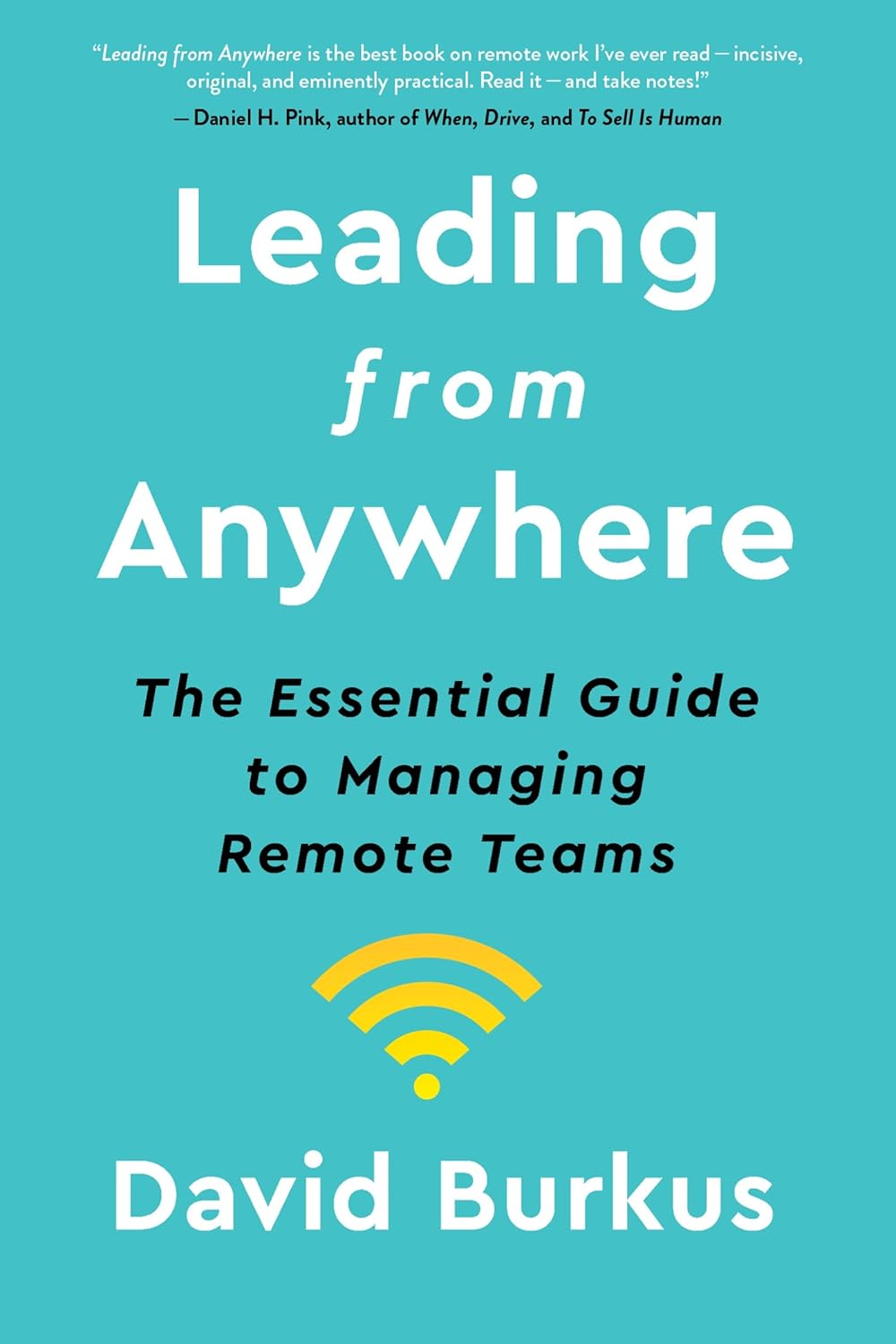You don’t have to put your entire being through an intense workout and morning routines or scrape banana peels on your skin to become a better, more productive version of yourself. Sometimes, just getting your tasks in order is all you need for that much-needed dopami
Effective remote onboarding: Tips and best practices
In the era of office work, new employees were introduced to the workspace in person - from the coffee machine to the conference rooms. With the transition to remote work, this format has become outdated. However, proper adaptation remains the key to the successful integration of newcomers, so here is an article that will explain it as clearly as possible.
Key takeaways
Structured preparation before the first day significantly reduces stress for new employees
Socialization requires a proactive approach in a remote setting and helps newcomers integrate into the team faster
Regular feedback and psychological safety are critically important
Preparation for the first day
We at Taskee have experienced exponential team growth this past year, and we’re not going to lie – quite a few lives were lost while looking for that perfect onboarding procedure. Working lives, that is. Don’t worry, they’re all fine now – nothing a week of PTO can’t fix.
What we’ve discovered is that the very first day on the new job can be decisive in how employees will view the entire company for the rest of their careers, so let’s prepare accordingly:

- Send a welcome package. A small surprise in the mail, such as a branded t-shirt, notebook, or even just a card, will create a sense of care and belonging to the company. Also, everybody loves merch.
- Prepare equipment in advance. Send the necessary equipment ahead of time and make sure the employee has access to all the required systems.
- Create a detailed plan for the first week. Share it with the newcomer a few days before the start date to reduce anxiety and give them time to prepare.
Here’s research by Gallup, a global analytics and advisory company, which pretty much confirms that exceptional onboarding programs help employees learn and grow throughout their first year on the job, with special focus on check-ins and key experiences that matter most.
Structured onboarding program
Even though a remote environment is full of great benefits and is certainly better than commuting for 3 hours to your badly-ventilated office, it does come with some side effects.
Believe it or not, the world is just starting to figure out how to properly work in a remote format, and so far, one thing is clear: the lack of face-to-face interactions puts additional weight on the framework of it all. No need for micromanagement and daily check-ups if there’s a system holding everything in place. Here are a few ways you could make onboarding more self-regulated for all new hires:
- Create a Digital Guide. Gather all important links, contacts, and documents in one place—this will serve as a navigator for newcomers in the information sea of the company.
- Assign a Mentor. A designated person to turn to with any questions is an invaluable resource for new employees. Regular one-on-one meetings will help them integrate into the team more quickly.
- Pace the Information. Don’t try to share everything on the first day—it will lead to information overload. Break the onboarding program into logical blocks and weeks.
Onboarding programs can be a lot trickier than that, though. So, don’t be shy to use tools that are designed specifically to automate the administrative parts of it – BambooHR Onboarding Toolkit is pretty good, and SHRM has quite a few guides and articles that will be a great help to you.
Taskee, by the way, can also be pretty useful: tracking different onboarding stages for different workers, having quick access to all required materials and documents – sometimes it’s the small things that help.
Make things social
Aside from particularly “introverted" positions that don’t require much socialization, for the most part, it’s the most complex and intricate part of the entire onboarding process – don’t sleep on it:
- Organize Virtual Coffee Breaks. Informal 15-minute meetings with different colleagues will help the newcomer get to know the team in a relaxed setting.
- Hold Team Activities. Online games, virtual lunches, or collaborative challenges strengthen team spirit and create shared memories.
- Use Mentorship Pairs. Pair newcomers with experienced employees not only for work-related questions but also for cultural adaptation.
Listen, yeah. “Virtual Coffee Breaks” and “Team Activities” sound absolutely bloody daunting, we know. Just make sure they are optional and nonchalant, and not a requirement to keep working in your company. Nothing’s worse than a “We’re a family" mindset being shoved down your throat when you’re just trying to get your bearings.
Regular feedback
The modern workforce is all about positive reinforcement – when the economy makes it impossible to realize your potential through traditional means, such as housing, family, and high-fashion commodities, small things like a heartfelt thumbs-up from your boss really do mean a lot.
Not “thumbs-up instead of pay increase” type of reinforcement, though – corporations be damned.
It’s much easier to spot someone nervously smoking outside your office after the day’s end and give them a much-needed “Nah, it’s cool, bro” – not so much in the digital space. Here are a few tips on keeping that feedback loop stable:
- Plan Frequent Check-ins. Daily short calls during the first few weeks will help quickly identify and resolve any challenges.
- Request Feedback. Regularly ask what is working well and what can be improved in the onboarding process.
- Celebrate Small Wins. Early successes are especially important for building confidence and motivation.
- Psychological Safety. Create an environment where the newcomer feels comfortable asking questions and admitting mistakes. Lead by example by sharing your own missteps and lessons learned. This culture accelerates learning and adaptation.
We do have one very neat article on the Importance of Positive Reinforcement, by the way, so check it out if you’re struggling with the 'thumbs-up" part.
Potential roadblocks and how to navigate them
| Problem |
Solution |
| Feeling of Isolation |
Assign a “buddy" from the team who will regularly engage with the newcomer, not only on work-related topics |
| Information Overload |
Create a knowledge base with search functionality where new employees can find answers to common questions at their convenience |
| Lack of Visibility of Work |
Implement a practice of weekly reports on achievements and challenges from the entire team |
| |
|
Interesting fact 
According to a large-scale study by Gallup (yes, again, it’s not our fault their stuff’s so good!), business units with high employee engagement are 17% more productive, have 10% higher customer ratings, and are 21% more profitable compared to units with low engagement.
Related articles:
Want to boost your decision-making efficiency? Read the article How reflection helps your career.
Want to know more about how to structure your day and maintain consistent focus? Check out our article How to structure your day while working from home.
To improve your onboarding and adaptation of new employees, explore Remote onboarding: How to ensure success for new hires.
Conclusion
Effective remote onboarding requires more planning and attention to detail, but the results are worth the effort. Employees who feel supported from day one reach productivity faster and stay with the company longer. Remember: your goal is to create an experience where newcomers feel like part of the team, even if you’ve never shaken hands in real life.
What remote adaptation practices work in your company? Share in the comments!
Recommended reading 

"Work Together Anywhere”
A comprehensive guide containing proven practical tools for effective onboarding, adaptation, and management of distributed teams in a virtual work environment.
On Amazon
“The Year without Pants”
An engaging report on the inner workings of Automattic (the creators of WordPress.com), revealing unique methods of building a productive remote culture and employee onboarding systems in a fully distributed global company.
On Amazon
“Leading From Anywhere”
Research-based and real-world case studies demonstrating practical strategies for onboarding and integrating new employees in remote work environments, with a focus on building trust and maintaining high performance.
On Amazon






